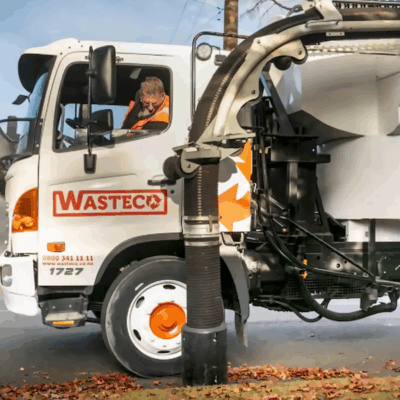Tax compliance in the Cloud: a silver lining for SMEs
Changes to the Taxation Act 2017 mean small businesses have the chance to streamline their…
Changes to the Taxation Act 2017, as part of the Government’s ambitious Business Transformation project, mean small businesses have the chance to streamline their Inland Revenue compliance and integrate more processes than ever before, says Craig Hudson.
Rather than spend unnecessary time on business administration, we hear every day that small business owners want to spend time being more strategic, efficient, and effective, and therefore generate more revenue.
That’s one of the reasons changes to tax administration will take place on 1 April 2018; PAYE and provisional tax changes being the most significant. For SMEs looking ahead there’s plenty of time for smart planning.
In an effort by the IR to create more certainty for companies around their tax obligations, changes to provisional tax are being made. Companies with a tax liability of less than $60,000 will not be charged IR interest on any provisional tax owed if it is paid in full by the terminal tax due date.
For small businesses with a tax liability of more than $60,000, the final balance of provisional tax is due at the third instalment, with interest applied on any under- or over-payment of provisional tax from then.
As well, the current payroll subsidy will cease from 1 April 2018. Small businesses will be forced to consider, and potentially change, their existing payroll system. With around nine months to go, I would suggest this is now an immediate business continuity agenda item.
The Government currently subsidises the cost of eligible employers engaging a listed PAYE intermediary. However, PAYE was developed when there was no such thing as cloud accounting, or even the Internet. Today, with electronic filing and online banking the norm, certain Inland Revenue processes need to get up to speed to align with common practice.
Speaking to the NZ Payroll Practitioners Conference in November last year, Revenue Minister Michael Woodhouse talked about making PAYE easier and smoother, including removing the subsidy.
“In the early days of electronic filing, the subsidy helped improve the quality of PAYE information transmitted to the IR, by encouraging employers to use listed payroll intermediaries. But time and technological advances have overtaken the subsidy and we believe there is no longer a case to subsidise one type of payroll service over others.”
In good news for small businesses, cloud accounting programmes offer integrated payroll products. If your business has 20 or fewer employees, a payroll that works alongside your online banking, accounting engine and employee records is a solution that also offers visibility to employees around their personal data and records.
For businesses used to dealing with a PAYE intermediary the changes may cause undue concern. In the nine months ahead, I urge you to seek accounting or tax-specific advice and put a plan in place so that come 1 April 2018 it’s business as usual.
Craig Hudson is country manager for Xero.






